When To Use Camera Lens Filters and How To Choose the Right One
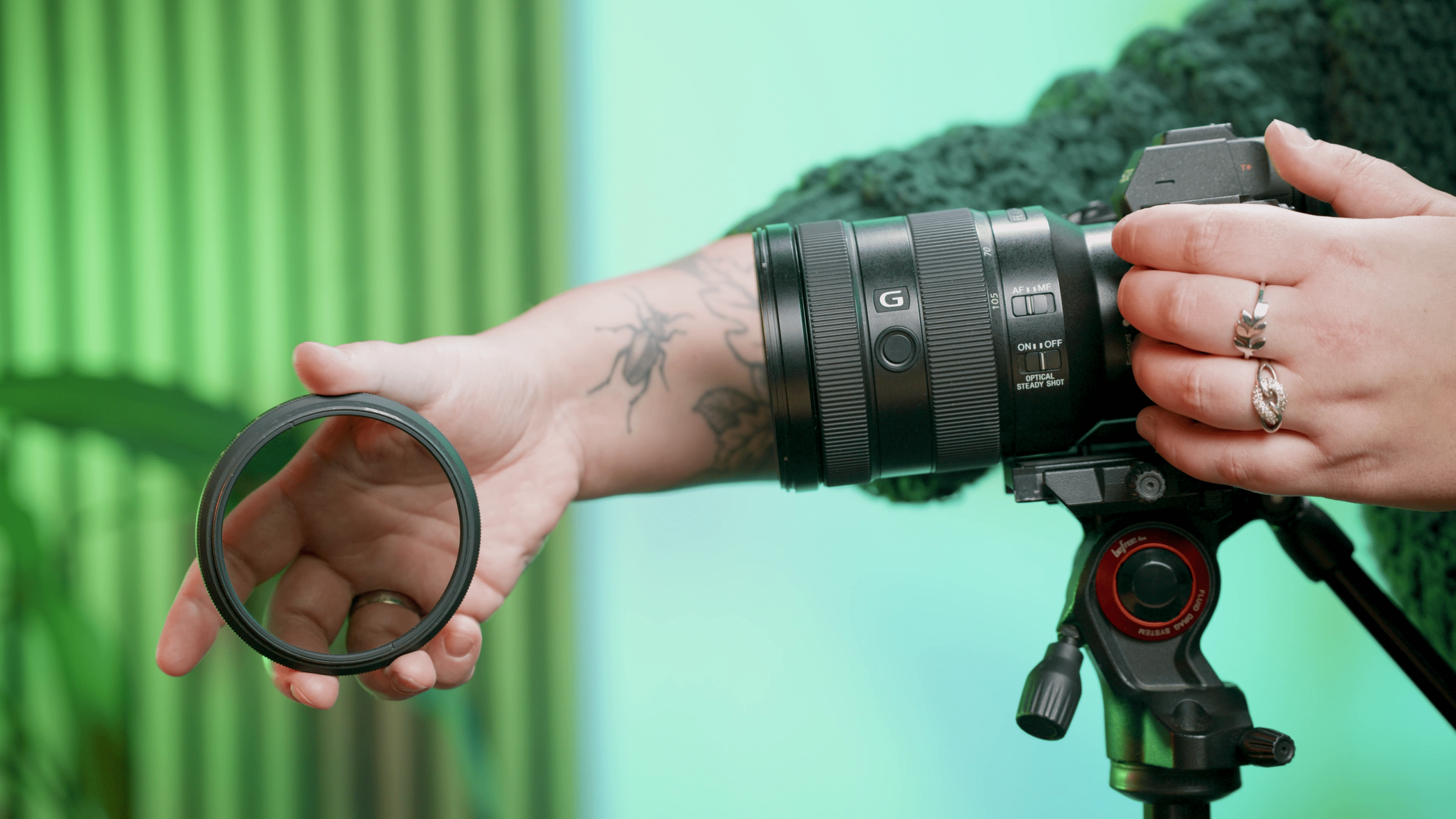
Camera lens filters have been a part of photography since its beginning. Photographers are always looking for new ways to view and capture reality. Different tools and camera accessories can help do this and lens filters are one of these.
Whether it’s for film or digital photography, lens filters can be used to help get completely different, if not better pictures.
Post-production in digital photography has become so simple and effective that some filters are no longer as useful as they once were. Still, camera lens filters are considered indispensable tools by most photographers.
Categories of lens filters
Lens filter categories are not as clearly defined as lenses themselves. However, there are three basic categories of filters based on their purpose and effect.
The first category is protection lens filters. They get this name because when used with digital cameras, they practically have no other purpose than lens protection—this includes UV filters and skylight filters.
The second category includes filters that help you get a certain type of picture that you can’t get with post-production alone. This category includes neutral-density filters, graduated ND filters, and polarizing filters.
The last category is made up of special effects filters. You can usually get the same result with photo editing. Some examples are soft focus filters, graduated color filters, and generally all color filters.
Which lens filter is right for your camera?
To make things even more complicated, filters vary not only in their effect, but also size. A lens filter is usually screwed onto the front of the lens, which usually has a thread mount for this purpose.
If a photographer uses a camera with multiple lenses, they can alternate between multiple filters, get a filter with a larger diameter with an adaptor, or use a filter holder attached to the lens.
A filter holder is a nice way to eliminate the need to screw the filter onto the front of the lens and uses uniformly sized square or rectangular shaped filters that slide into the holder.
For compact digital cameras, the holder is similar, but attached to a tripod thread mound. In both cases, universality is a huge advantage, as is the ability to use different filters in sequence.

When choosing a lens filter, pay attention to its design. If you use an ultra wide-angle lens, some lens filters can result in some serious vignetting—darkening at the corners of the image.
As far as quality is concerned, always choose reputable manufacturers where you are confident of their product’s quality. Generally speaking, it does not pay to pinch pennies when purchasing lens filters. Let’s take a closer look at some of the most common types of lens filters.
UV, skylight, and protection filters
UV filters were mainly used in film photography. UV filters eliminate the ultraviolet spectrum of light (UV radiation). The skylight filter was previously used to remove excess blue tint from images, which occurs in high quantities in landscape photos, such as the mountains. However, most digital cameras have a UV filter directly on the sensor, so the function of these filters has been reduced to lens protection.
Polarizing filters
Polarizing filters come in handy when shooting water surfaces or surfaces that reflect light. They filter polarized light with a specific angle that is set right after it is attached to the lens. The filter is composed of two mutually rotating parts. The only disadvantage is that it reduces the amount of light that hits the sensor.
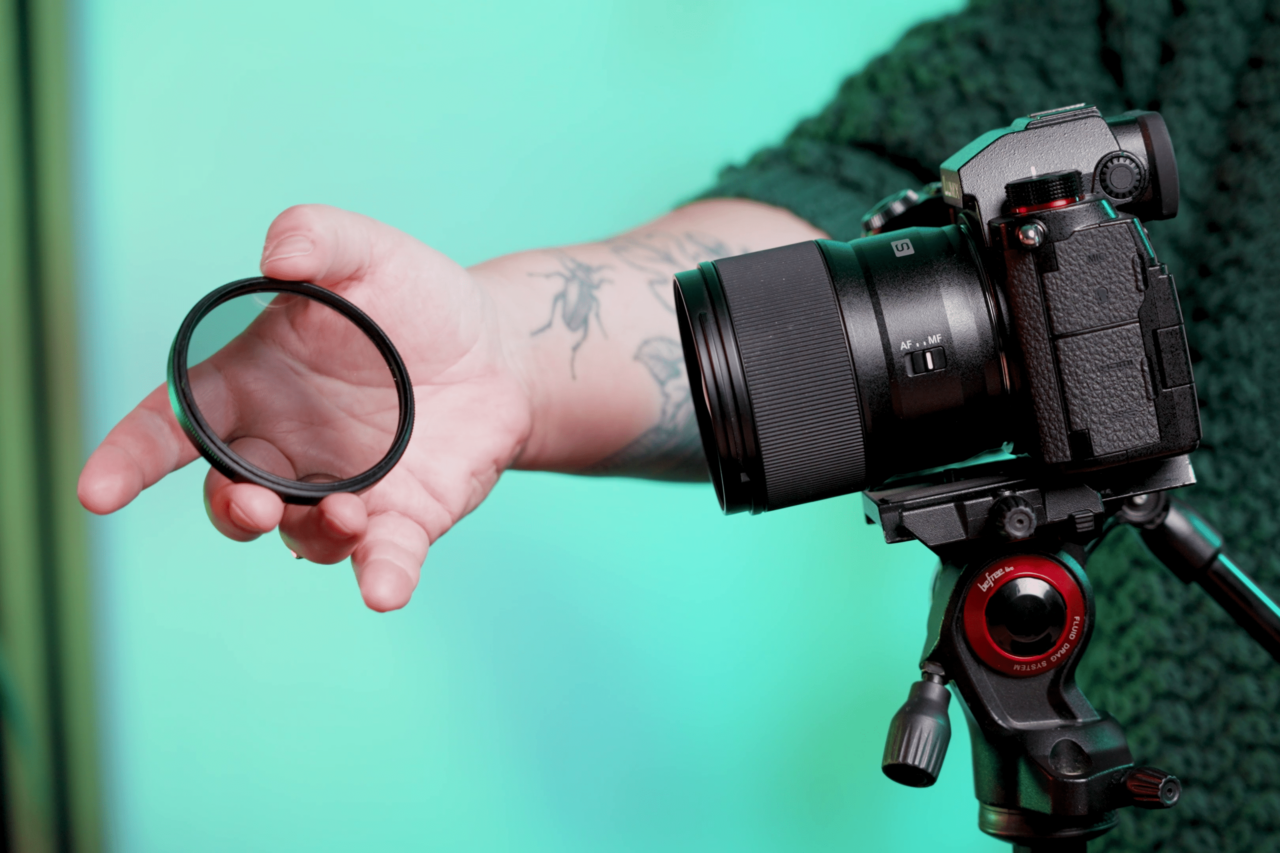
When used on lower-end lenses, pay attention to whether or not the front lip of the lens rotates. If it rotates, you must first compose and focus the image before adjusting the desired filter angle.
Neutral-density filters—ND filters
This type of filter is primarily designed to reduce the overall brightness of the scene without changing the coloration of the image. ND filters filter the visible light spectrum, replacing the need for a higher f-number. Its advantage is not having to increase the depth of field of the image, but allows you to shoot with a longer shutter speed without needing to change ISO or aperture.
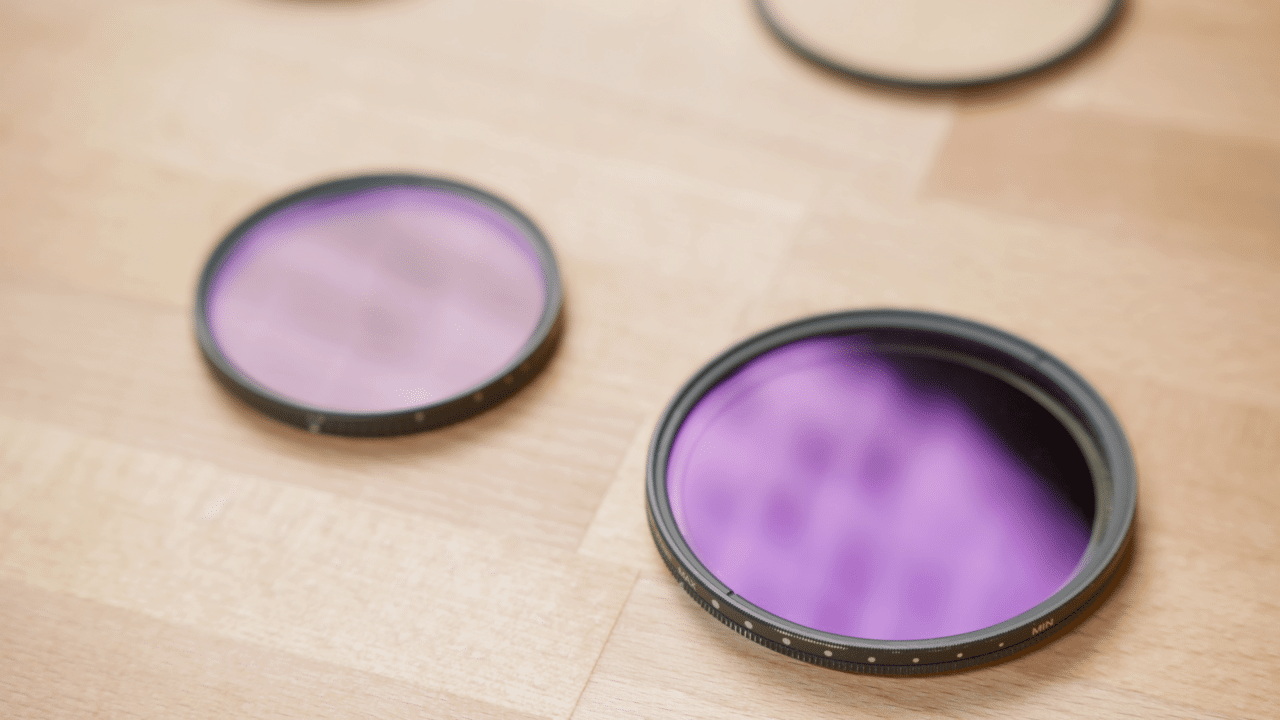
Different densities can be used for different scenarios. The density level is always indicated by a number after ND. For example, ND2, 4, 8, 16, 32, etc.
Or, you can get variable ND filters which, like polarizing filters, change their density by rotating. You have several filters in one and can set how much the filter reduces exposure.
In addition to filters that filter a surface evenly, there are also graduated filters with various types of transitions. These filters are most often used to darken the sky in images that would otherwise risk being overexposed. They are also used to preserve details in other parts of the image.
Color filters
In most cases, this type of filter can be replicated in post-production. Color filters give an image specific color tints. In this case, they are also produced as graduated filters and can be used to bring out the sky, or desert sand, for example.
Color filters played an important part especially in black and white photography, where they were used to smooth out the complexion for portraits or darken the sky dramatically. However, all of these adjustments can be made directly in post-production when working with the individual color channels.
Test before you buy
Whichever filter you end up choosing, make sure you test it on your camera before you buy it. The advantage of digital is that you can check the result immediately and see if the filter and its effect are what you are looking for.
If you are still unsure about which filter is right for you and are interested in special effects filters, check out our video for more information.

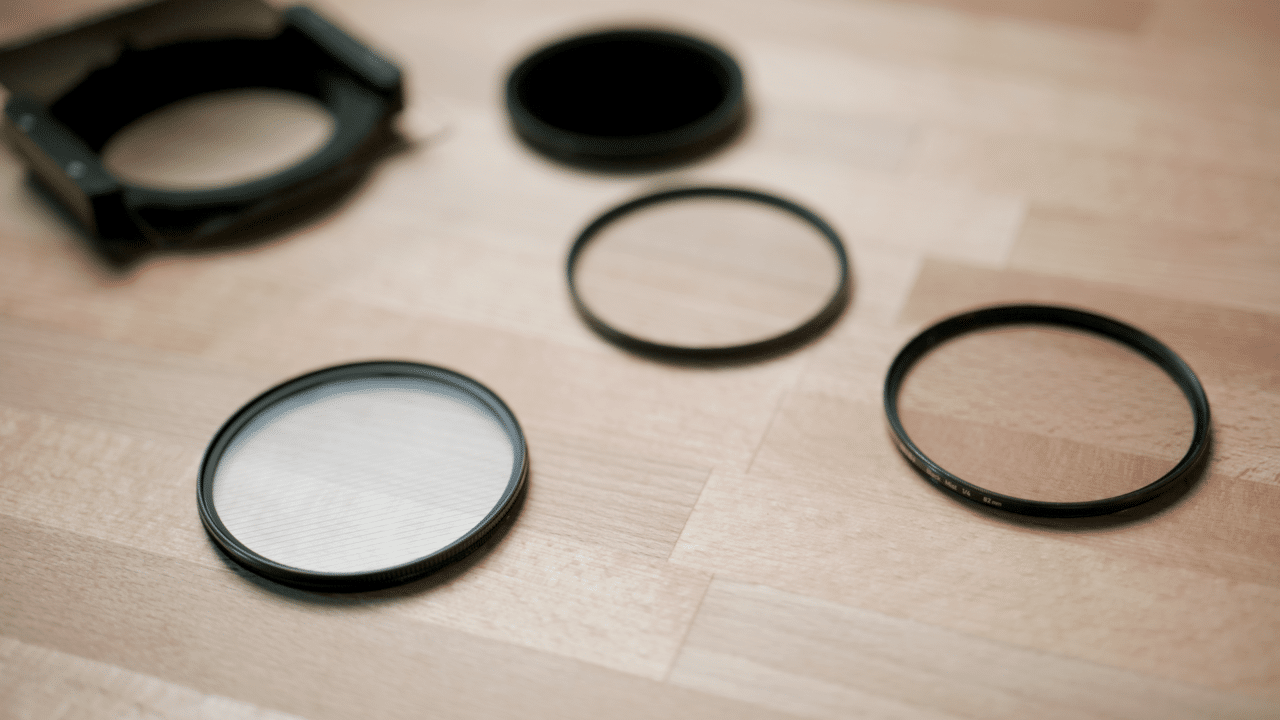
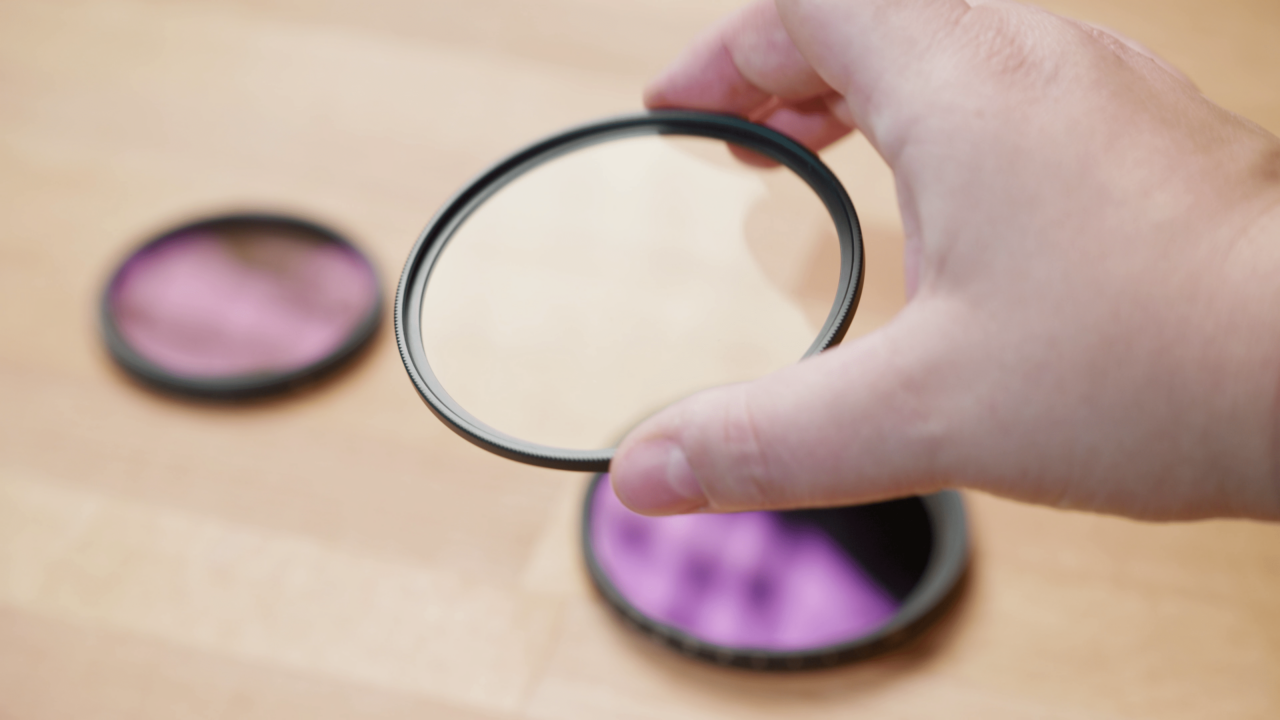

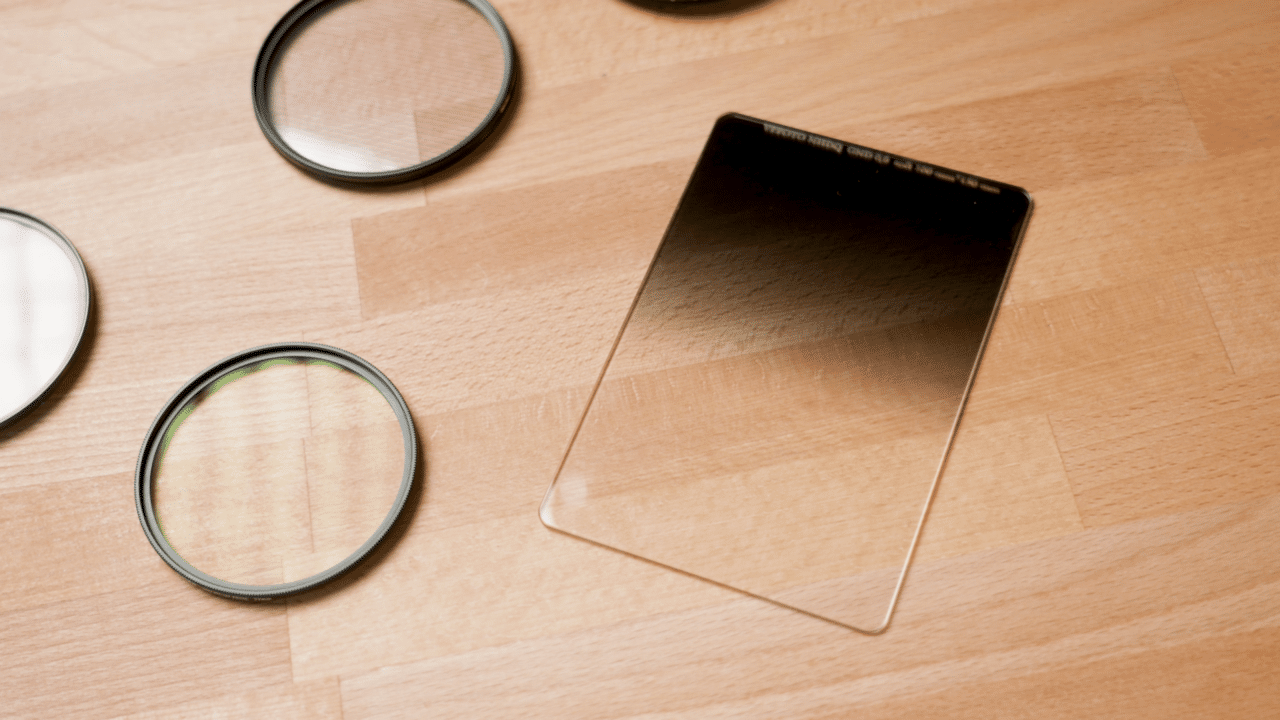
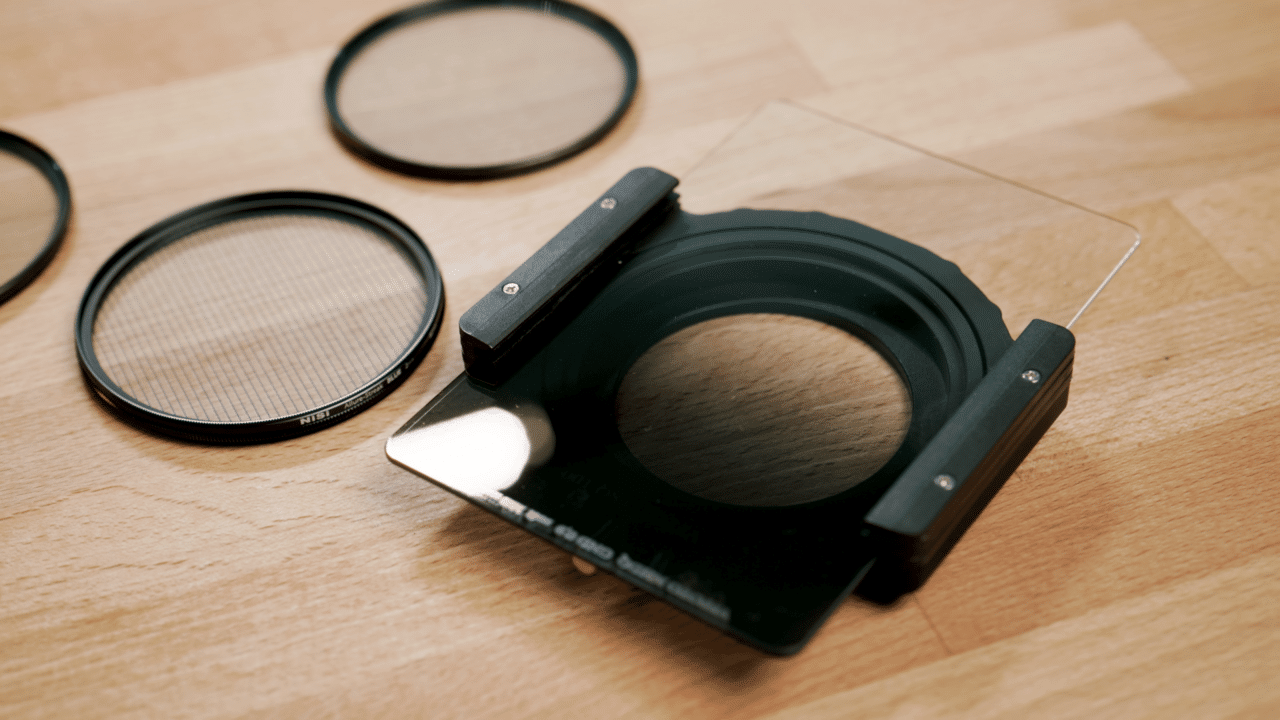
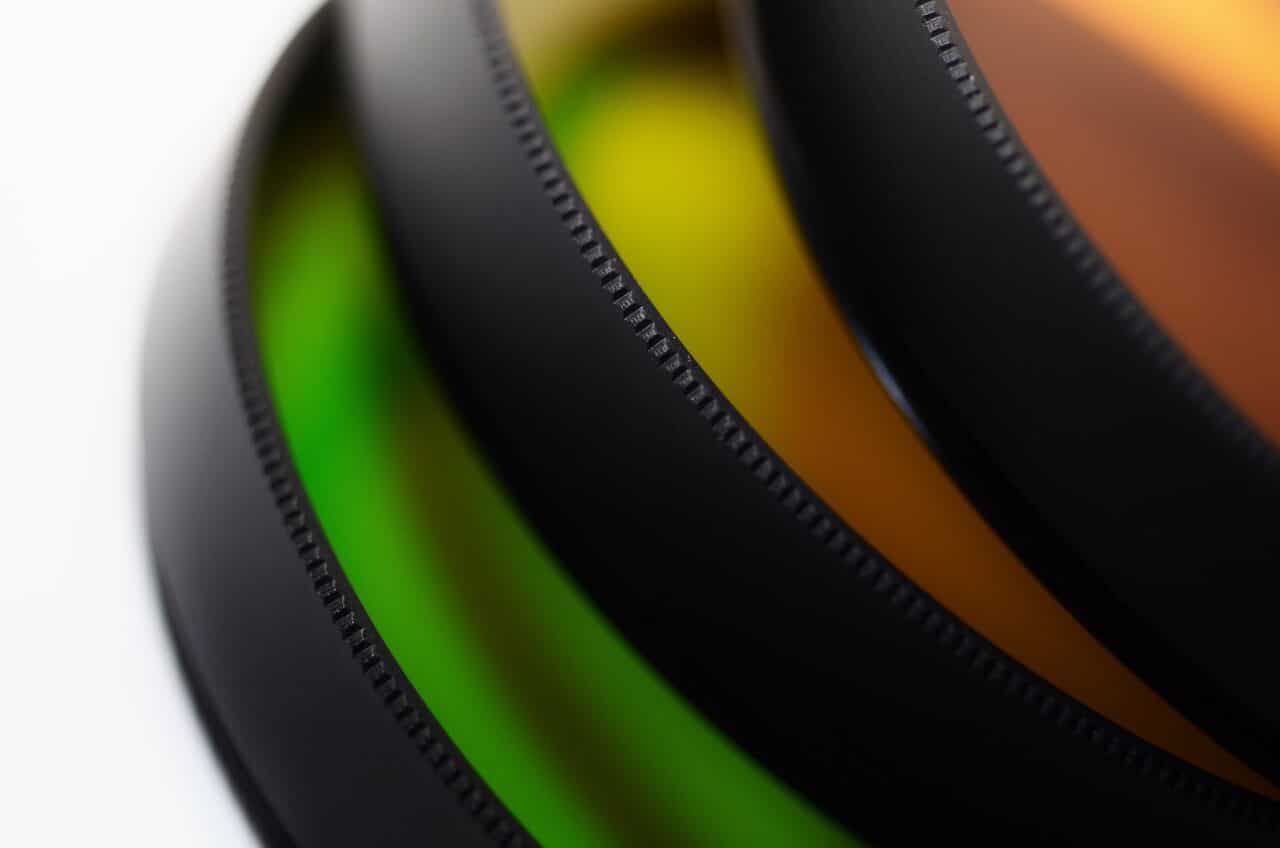

There are no comments yet.